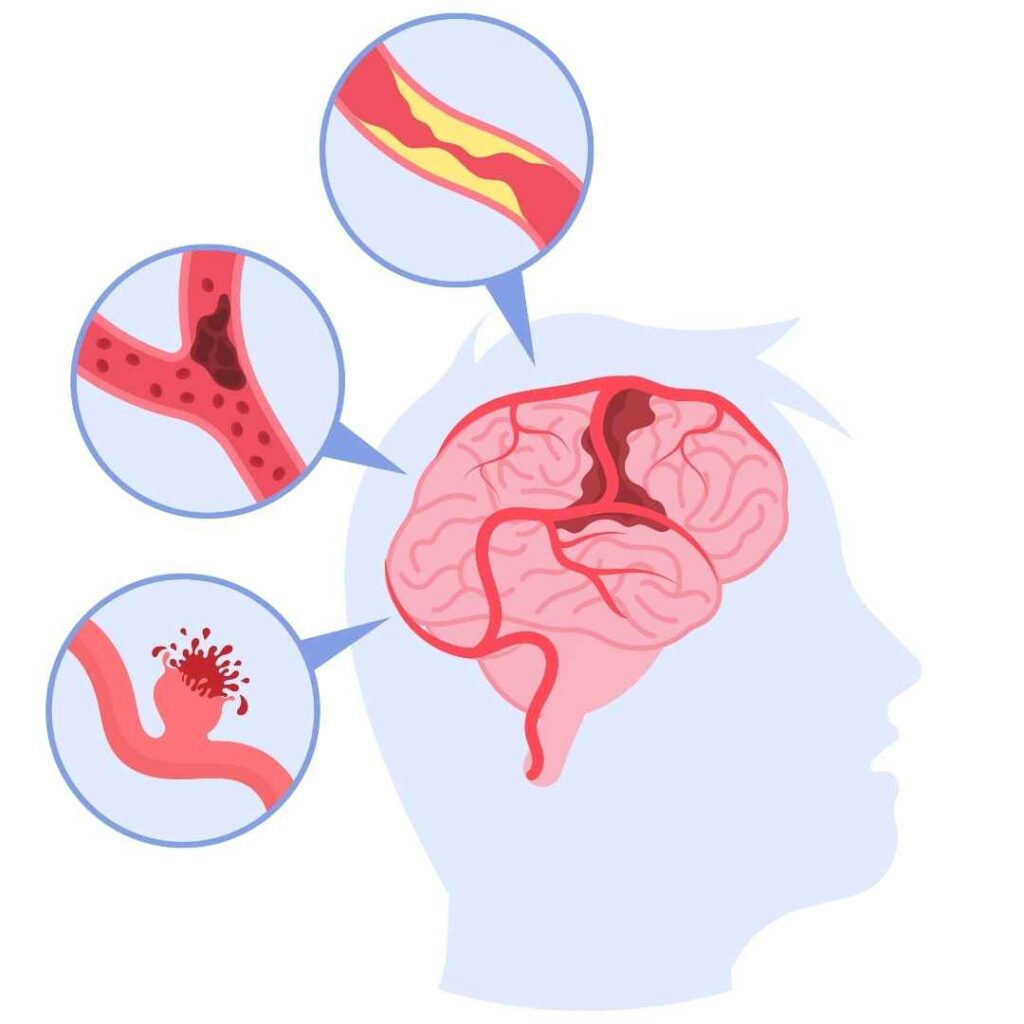Bruce Willis, the beloved Hollywood action star whose on-screen charisma defined a generation of cinema, is now fighting one of the toughest battles of his life. In 2022, he stepped away from the spotlight after being diagnosed with aphasia, a condition that impairs language and communication. Within a year, doctors revealed that this was part of a more serious illness — frontotemporal dementia (FTD).
As of mid-2025, reports confirm that the 70-year-old actor’s health has further declined. He has become largely non-verbal, with increasing motor difficulties that have left him unable to walk or speak freely. Surrounded by his family, Willis now lives a quieter life, far removed from the action-packed characters he portrayed on screen. His story is both a personal tragedy and a reminder of the importance of brain health.
Table of Contents
Understanding Frontotemporal Dementia
Frontotemporal dementia is not as widely recognized as Alzheimer’s disease, yet it is one of the most common causes of early-onset dementia. It primarily affects the frontal and temporal lobes of the brain — regions that control language, personality, movement, and behavior.

Unlike Alzheimer’s, memory loss is not the earliest symptom of FTD. Instead, individuals first notice subtle but troubling changes in the way they speak, behave, or interact with others. A once expressive person may suddenly become withdrawn, lose empathy, or display uncharacteristic behavior. Speech difficulties, like those Bruce Willis experienced, are also common.
FTD usually appears between the ages of 45 and 65, though it can affect people even earlier. Its progression is relentless, eventually stripping away the ability to communicate, move independently, and perform daily tasks.
Related: The Cancer Sugar That May Help Cure Type 1 Diabetes
Causes and Risk Factors
The exact cause of FTD remains a mystery. However, scientists believe it is linked to the abnormal buildup of proteins in brain cells, leading to nerve cell damage and shrinkage of the affected lobes. Genetics play a role in many cases, with nearly 40 percent of patients having a family history of dementia or related neurological disorders.
While environmental and lifestyle factors are being studied, age remains the strongest risk marker. Middle-aged individuals, particularly those in their 40s to 60s, are most vulnerable. Unlike Alzheimer’s, FTD does not seem to be strongly associated with cardiovascular health or lifestyle-related conditions.
Symptoms of Frontotemporal Dementia
The symptoms vary depending on which part of the brain is affected first. In Bruce Willis’ case, the early signs emerged as difficulty in speech, which doctors initially diagnosed as aphasia. Over time, the condition spread to other areas, affecting movement and comprehension.
Patients may experience:
- Language and Communication Difficulties
- Difficulty speaking or finding words (aphasia).
- Trouble understanding spoken or written language.
- Loss of reading and comprehension abilities.
- Behavioral and Personality Changes
- Sudden emotional coldness or apathy.
- Loss of empathy and inappropriate social behavior.
- Obsessive or compulsive routines.
- Motor Symptoms
- Muscle weakness and stiffness.
- Loss of balance, tremors, and difficulty walking.
- In advanced stages, immobility.
- Cognitive Decline
- Poor judgment, lack of planning ability, and difficulty focusing.
As the disease progresses, these symptoms intensify, eventually leaving individuals completely dependent on caregivers.
For Bruce Willis, the disease has now progressed to non-verbal communication, motor difficulties, and reduced public appearances.
Related: The Effects of Dehydration in Body: Symptoms, Diseases, Prevention
Diagnosis and Medical Tests
Diagnosing Frontotemporal Dementia (FTD) is particularly challenging. Many patients are misdiagnosed with psychiatric conditions or Alzheimer’s in the early stages. Doctors rely on a combination of neurological tests, imaging techniques, and sometimes genetic screening to confirm the disease.
ests include:
- Neurological Examinations – Evaluating speech, reflexes, and memory.
- MRI & CT Scans – Detect brain shrinkage in frontal/temporal lobes.
- PET Scans – Assess reduced glucose metabolism in affected areas.
- Neuropsychological Tests – Memory, problem-solving, and comprehension tests; crucial for mapping the extent of language and behavior impairment.
- Genetic Testing – In suspected familial cases. In families with a history of dementia, genetic testing can help identify specific mutations linked to FTD.
In Bruce Willis’ case, the progression from aphasia to confirmed FTD took over a year, which is common for this disease.
Career: Join Paramedical DRD Course Under WBSMF
Is There a Cure for FTD?

At present, there is no cure for frontotemporal dementia. Treatment focuses on easing symptoms, slowing progression, and improving quality of life.
Doctors may prescribe antidepressants or mood stabilizers to address behavioral changes. Speech therapy can help patients communicate for as long as possible, while physical therapy supports mobility. Occupational therapy is often used to ensure patients remain independent for as long as possible.
Medications
- Antidepressants – Help manage apathy, depression, and compulsive behavior.
- Antipsychotics – For aggression or severe behavioral issues (though used with caution).
- Muscle relaxants – In cases of motor stiffness.
Therapies
- Speech therapy – Helps maintain communication for as long as possible.
- Physical & occupational therapy – To preserve mobility and independence.
- Caregiver support – Training families to handle emotional and daily challenges.
Life expectancy: Research shows an average survival of 7–13 years after diagnosis, depending on progression and overall health.
Related: Microplastics in Human Reproductive Fluids: A 2025 Wake‑Up Call for Fertility
Natural Remedies and Brain-Healthy Habits
Although no natural therapy can cure or reverse FTD, adopting certain lifestyle practices may help maintain brain health and possibly slow progression. Research emphasizes a diet rich in omega-3 fatty acids, antioxidants, and whole grains. Foods like salmon, walnuts, blueberries, and leafy greens nourish brain cells and fight inflammation.
Regular exercise has also been shown to enhance blood flow and support neural activity, while stress-reducing practices like yoga and meditation can improve overall brain resilience. Cognitive stimulation — through reading, music, puzzles, or even learning new skills — helps keep the brain engaged.
Adequate sleep, often overlooked, is critical. During deep sleep, the brain repairs itself and clears harmful proteins. Avoiding harmful habits like smoking and excessive alcohol intake also reduces additional strain on neural health.
Diet & Nutrition
- Mediterranean diet – Rich in fruits, vegetables, fish, olive oil, and nuts.
- Omega-3 fatty acids – Found in flaxseeds, walnuts, and fish oil, known to reduce neuroinflammation.
- Antioxidants – Blueberries, spinach, turmeric, and green tea combat oxidative stress.
Lifestyle Habits
- Daily exercise – Walking, yoga, tai chi improve blood circulation to the brain.
- Mental stimulation – Reading, puzzles, music therapy, and social interactions.
- Adequate sleep – Deep sleep is essential for brain cell repair.
- Stress reduction – Meditation and breathing exercises lower cortisol, a stress hormone harmful to neurons.
Naturopathy Insights
- Herbal supplements such as ginkgo biloba and ashwagandha are studied for cognitive benefits.
- Aromatherapy using lavender and rosemary oil may help with relaxation and mood.
- Mind-body therapies like Ayurveda and acupuncture are supportive in reducing stress and maintaining emotional balance.
While these methods cannot reverse dementia, they support a better quality of life and overall brain wellness.
Know Everything About… Why are Regular Check-ups during Pregnancy essential?
Bruce Willis’ Glorious Career
Bruce Willis is a cinematic icon who redefined the modern action hero. Before illness forced him into retirement, Bruce Willis enjoyed a career spanning more than four decades. His breakout role in Die Hard (1988) cemented his place as one of the greatest action heroes of all time, with his character John McClane becoming a cultural icon.
Yet Willis was far more versatile than just a gun-toting hero. His performances in The Sixth Sense, Unbreakable, Moonrise Kingdom, and Pulp Fiction revealed a depth that critics and audiences alike admired. He could bring humor, vulnerability, and intensity to the screen in equal measure.
Top Highlights of his career include:
- Die Hard franchise (1988–2013) – Cemented his status as the ultimate action star.
- The Sixth Sense (1999) – A critically acclaimed performance that showed his depth in drama.
- Armageddon (1998) – A global blockbuster.
- Unbreakable (2000) and Looper (2012) – Showcased his versatility.
- The Expendables (2010) – Proved his lasting appeal alongside fellow action legends.
Even in the 2010s, Willis remained prolific, working on smaller films. His last big-screen release was Assassin (2023), after which he retired due to his illness.
Willis appeared in over 70 films, collectively grossing billions at the global box office. Few actors have achieved his combination of commercial success and audience love.
Related: What is Lyme Disease? The Illness That Justin Timberlake Was Diagnosed With
His Present Situation
Today, Bruce Willis lives under the loving care of his family. His wife, Emma Heming Willis, has taken on the role of primary caregiver, sharing glimpses of their journey to raise awareness about dementia. His daughters, Rumer, Scout, and Tallulah, along with his ex-wife Demi Moore, remain actively involved in his life, showing a united front in the face of adversity.
Emma Heming Willis has even written a forthcoming book, Unexpected Journey: Finding Strength, Hope and Yourself on the Caregiving Path, which is expected to be released in September 2025. Through it, she hopes to support other families dealing with similar challenges, offering insights into resilience, acceptance, and love in the caregiving journey.
Cautionary Words: Protecting Your Brain Health
Bruce Willis’ battle with Frontotemporal Dementia (FTD) is a reminder for all of us: brain health is fragile, and early detection is crucial. While not all dementias can be prevented, you can reduce risk by:
- Maintaining a healthy diet rich in omega-3 and antioxidants.
- Keeping the body active through regular exercise.
- Staying mentally engaged with reading, problem-solving, and creativity.
- Protecting the head from injuries (helmets, fall-prevention).
- Seeking medical advice early if speech, behavior, or personality changes arise.
Natural remedies and holistic practices, while not cures, may help in supporting long-term wellness and resilience against neurodegeneration.
Final Remarks
Bruce Willis may no longer stride across the big screen, saving the day with wit and courage, but his legacy remains immortal. He gave the world unforgettable characters, stories that inspired millions, and performances that defined an era of cinema. Today, as he battles frontotemporal dementia with dignity, he continues to teach us about strength — not the kind found in fists and bullets, but the quiet, enduring resilience of the human spirit.
His journey reminds us of life’s fragility, the importance of health, and the irreplaceable value of family support. As fans and admirers, we honor not just the star of Die Hard but the man who now fights a very different battle, inspiring hope, compassion, and awareness.
